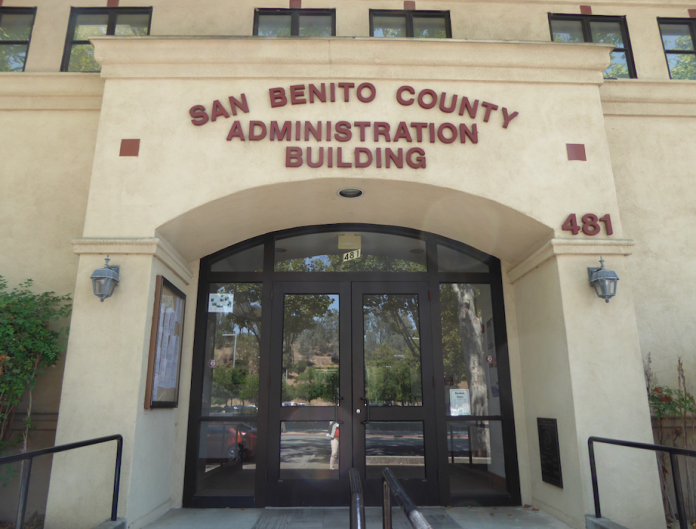The San Benito County Board of Supervisors took steps Tuesday to begin new energy conservation measures at county buildings, including potentially constructing solar panels.
County leaders listened to a presentation by ENGIE Services US, the North American branch of an international energy company, that reported on the findings of a study conducted on energy usage at county buildings and properties.
The project cost is $8,031,922 and is anticipated to be financed with help from the Association of Monterey Bay Area Governments (AMBAG).
Projected energy savings are estimated at $26,212,450 over 30 years after implementation of the proposed energy conservation measures.
Street lights were targeted in the study, as well as the following county buildings and properties:
- Health and Human Services/Behavioral Health Services at 1111/1131 San Felipe Road
- County Jail and Expansion at 710 Flynn Road
- County Juvenile Hall at 708 Flynn Road
- County Yard at 3220 Southside Road
- Hall of Records at 440 Fifth St
- Library at 460/470 Fifth St
- Office of Emergency Services at 471 Fourth St
- Administration Building at 481 Fourth St
- Probation and District Attorney at 419 Fourth St
- Sheriff and Resource Management Agency at 2301 Technology Parkway
The presentation shared information about the county’s energy usage and potential energy conservation measures that could save taxpayers money.
According to the study, San Benito County buildings generated $475,113 in electric bills in 2016. Data for other years was not presented. Currently, all county buildings and street lights have an annual energy usage of 2,385,872 kilowatts.
To help conserve both energy and money, the study recommended retrofitting indoor and outdoor lights with LED bulbs, thermostat upgrades and HVAC replacements at various county buildings.
Further conservation measures could include installing solar arrays, such as a 518.4 kilowatt solar array situated on the grounds of the San Benito County Jail shown during the presentation.
Chairman Anthony Botelho, appointed to lead the board earlier in the meeting, asked why the panels would be arranged on the ground at some locations.
ENGIE Senior Manager Ashu Jain responded.
“Ground solar is financially attractive,” Jain said. “It produces around 20 percent more energy than shade structures and it actually costs 20 percent less. That was the primary reason, and the parking wasn’t sufficient so we would have had to put it on the ground anyway. It’s up to the board. If you want us to cover the parking and put the balance on the ground we can consider that.”
Timeline for implementation is expected to last from March 2018 to February 2019, as the project still requires legal analysis from the county counsel’s office and final board approval at a future meeting.
Resident Marty Richman asked if the solar array system could operate as an emergency energy source in the event of a natural disaster, like an earthquake.
Jain said that the solar arrays would only work if the electrical grid was online.
“These solar projects are neck-metered, meaning they constantly are supplying electricity when the building needs it,” Jain said. “ If it doesn’t need it, it goes to PG&E and you get a credit based on the current rate at that time.”
Supervisor Jaime De La Cruz said he was ready to see a more structured plan with financing.
“I’ve seen this package twice already, I want to see some substance now,” De La Cruz said. “If the board wants to go in that direction, let’s move now. The longer we delay, the more cost savings we’re losing. Let’s work on it.”










